System Integrity Protection officially designed as a system protection feature for Mac, and introduced in Mac OS X El Capitan, the SIP, or System Integrity Protection designed more powerful to take action against the unknown malware and viruses from your important documents. Some of the developers faced problems while running System Integrity Protection on there Macs, it causes core functionality for the Apps, to work properly, now those Applications made changes in the operating system of macOS, from the time that it protected via the SIP.
SIP “System Integrity Protection” is built like a virus killer for your Macintosh, or macOS operating system to keep the files safe in a proper way from unknown viruses. There is not any reason to disable SIP on macOS, whether macOS Sierra, macOS High Sierra, macOS Mojave, or macOS Catalina, or macOS Big Sur. Because the tools individually performing its functionality. On the other hand, it’s the era of the macOS Big Sur 11.0 operating system that officially launched by Apple Inc at the WWDC2020 in June. Most of the macOS Big Sur users are facing some critical issues after enabling SIP “System Integrity Protection” on macOS Big Sur.
But there are no worries through this guide I will explore for you how to disable SIP “System Integrity Protection on macOS Big Sur.
Disable SIP “System Integrity Protection” on macOS Big Sur
Enabling or disabling your Mac security features is not something very light. The thing which is very important that the readers always keeps asking advanced question for the advanced tricks. But there will be always a reason that we turn off the security features on macOS operating system or any other operating system.
To disable SIP “System Integrity Protection” on macOS Big Sur, firstly open up the terminal. There are two different places where you can find and launch the terminal. The first one is from the applications folder, the second one is using the search spotlight. For this process, I will use the search spotlight.
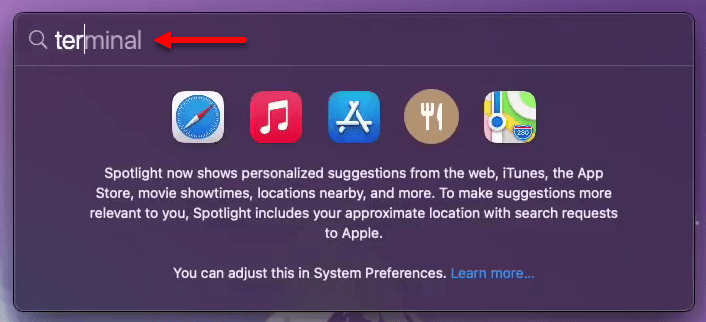
When the terminal opened, you need to check the status of SIP whether that’s enabled or disabled. To do, that apply the below down commands and press enter to show the status.
csrutil statusFor the process, you need to download “OpenCore Configurator”. With OpenCore Configurator you need to mount the EFI partition of your system drive. Open up the OpenCore Configurator and click on Mount partition enter your username password and press OK.
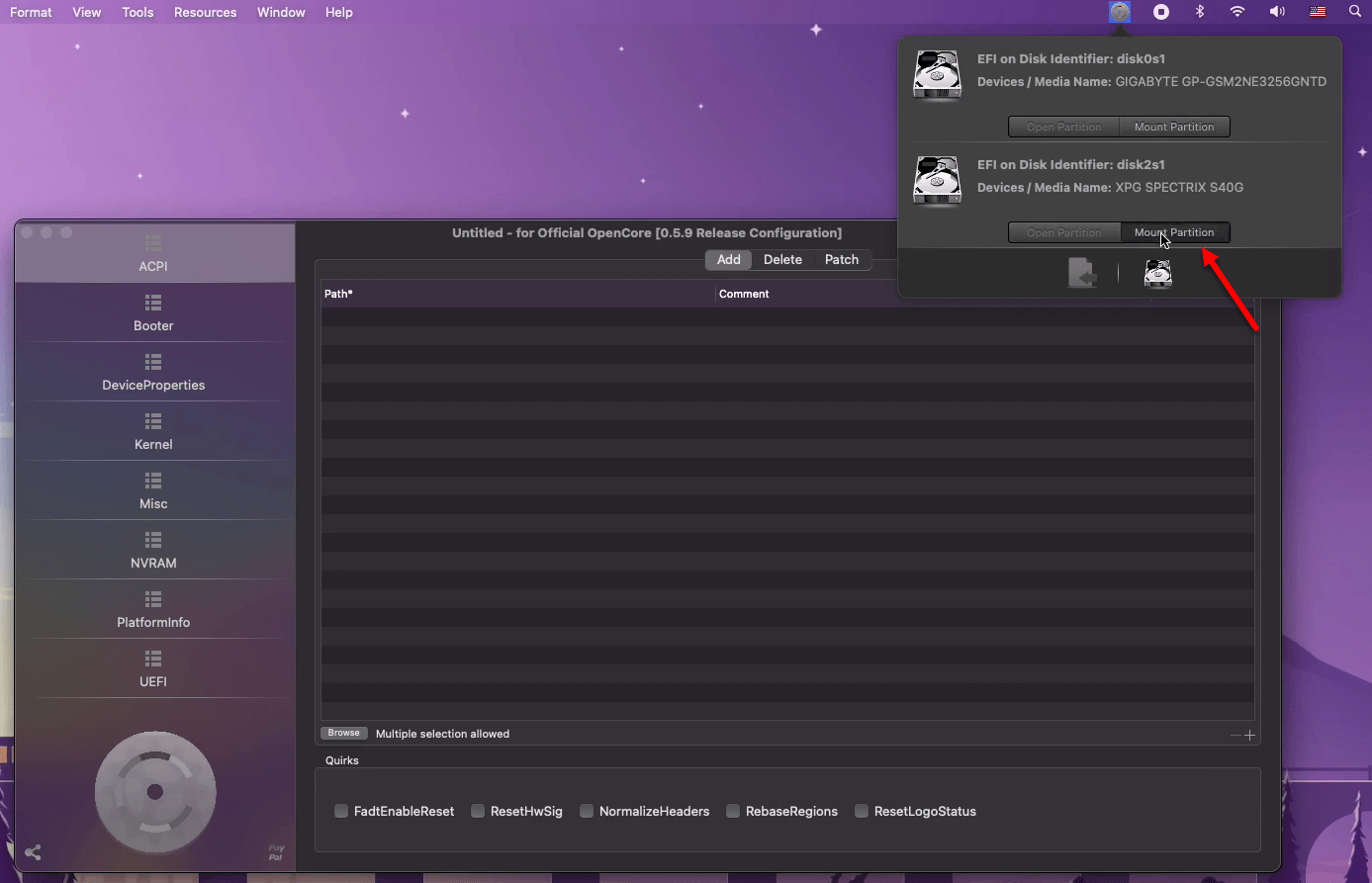
You need the exact EFI files of your system, open the “Config.plist with OpenCore Configurator.
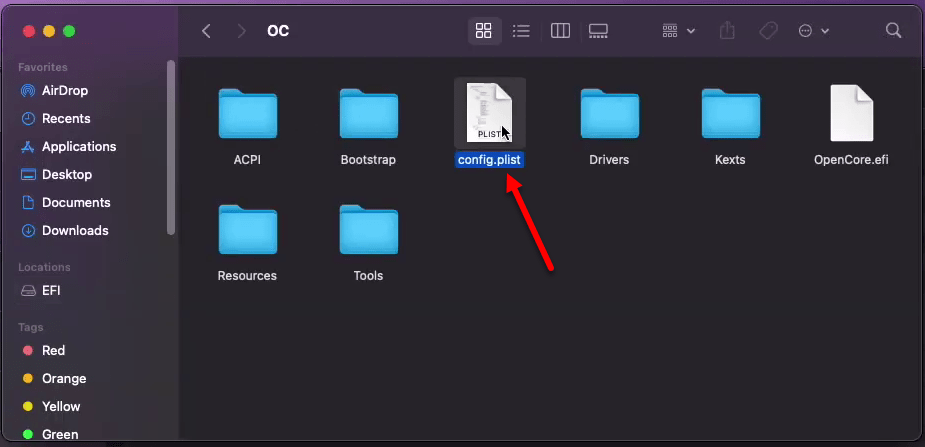
When the OpenCore Configurator opened, go to the “VRAM” tab then select the third “UUID” and change the value of “CS” or ID config. You can change your exact value using the below down code.
67000000 or FF0F0000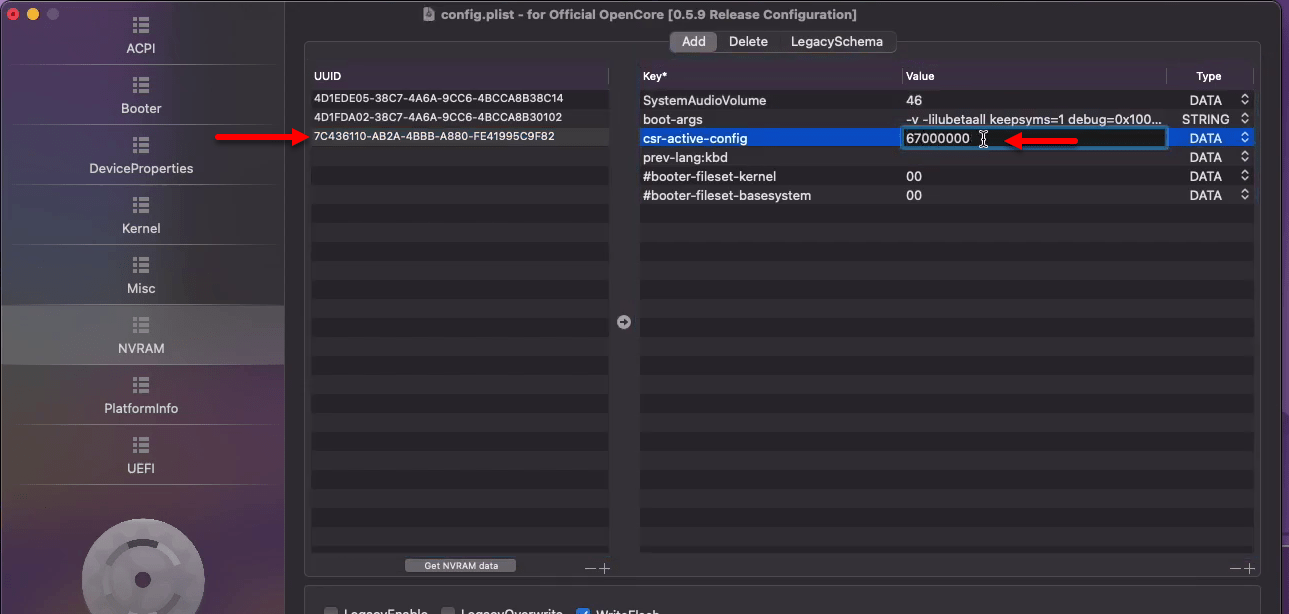
Once the config.plist value changed, close the OpenCore Configurator, and click Save.
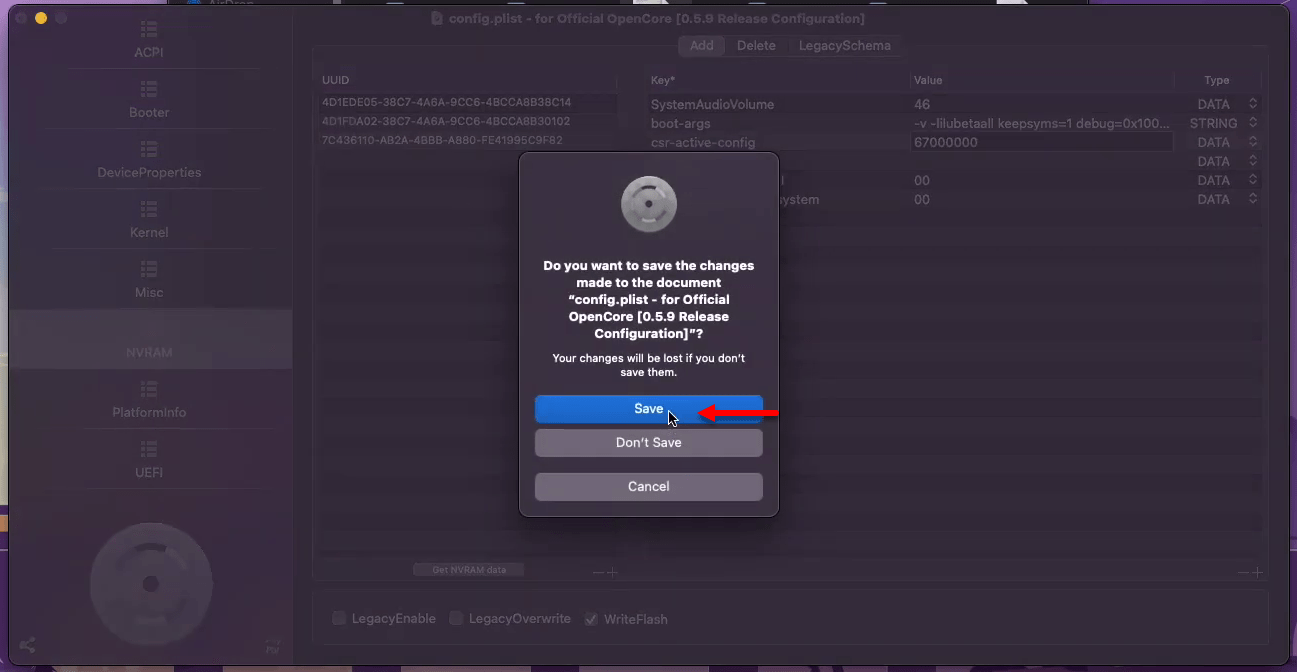
When everything changed, finally to make changes you need to restart your PC. Head over, to the left-handed corner of the window and click on the Apple logo and click restart.
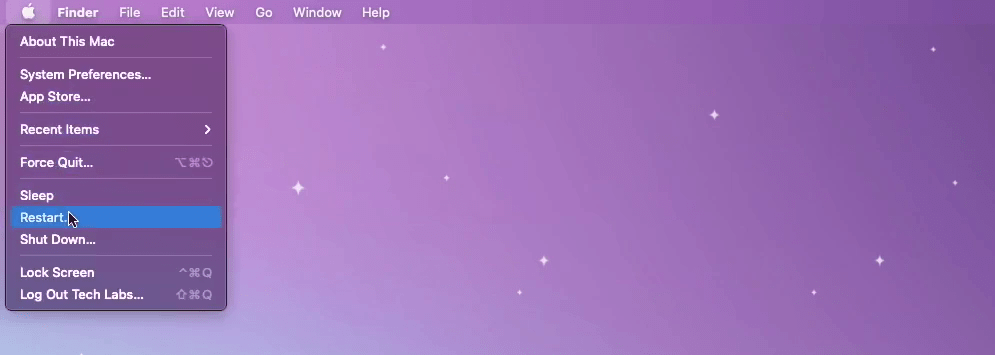
When your Mac restarted, again you need to check the status of SIP using the terminal. So, open up the terminal type the below commands, and as you here see the SIP “System Integrity Protection” shows disabled.
csrutil statusThis is the only way to disable SIP “System Integrity Protection” on macOS Big Sur. For the complete process you EFI system files, OpenCore Configurator. Without these stuffs, you won’t be able to disable SIP on macOS Big Sur.
Related:
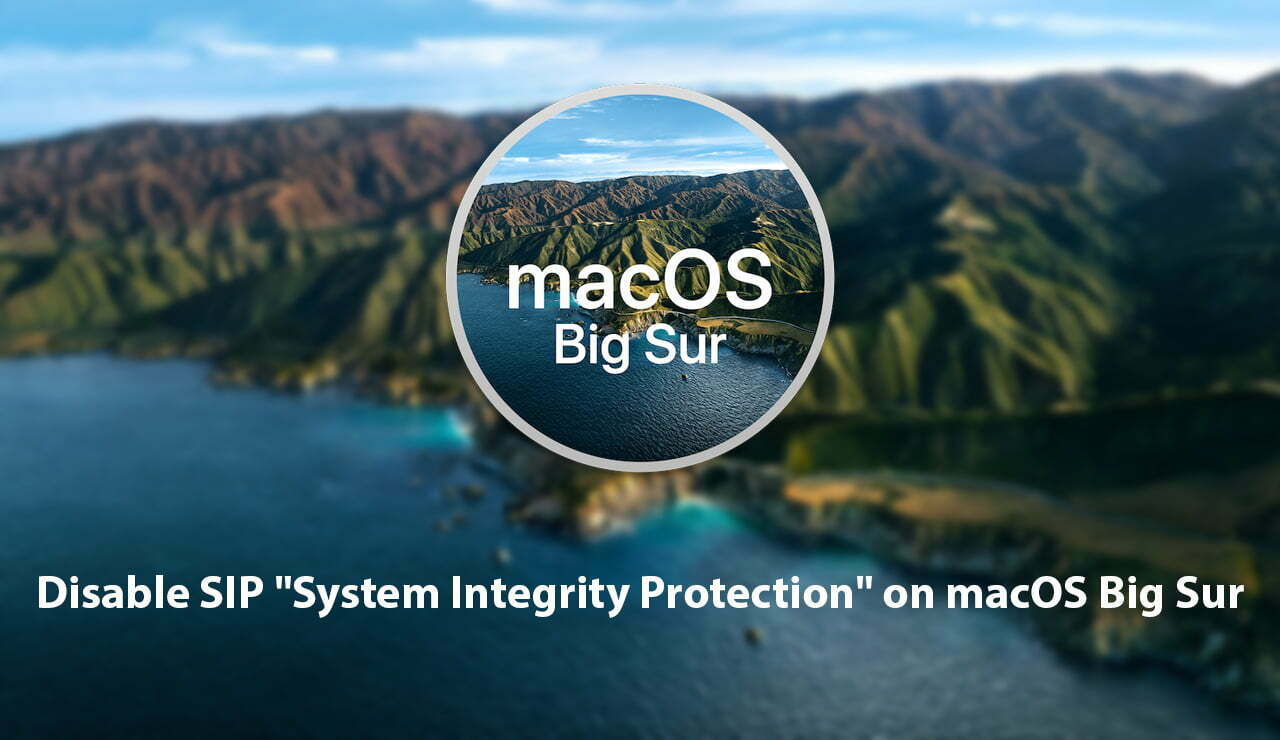
The folder EFI contains only the folder APPLE. Can’t seem to find OC. Any suggestions? Thx!
macOS Big Sur, 11.3.1